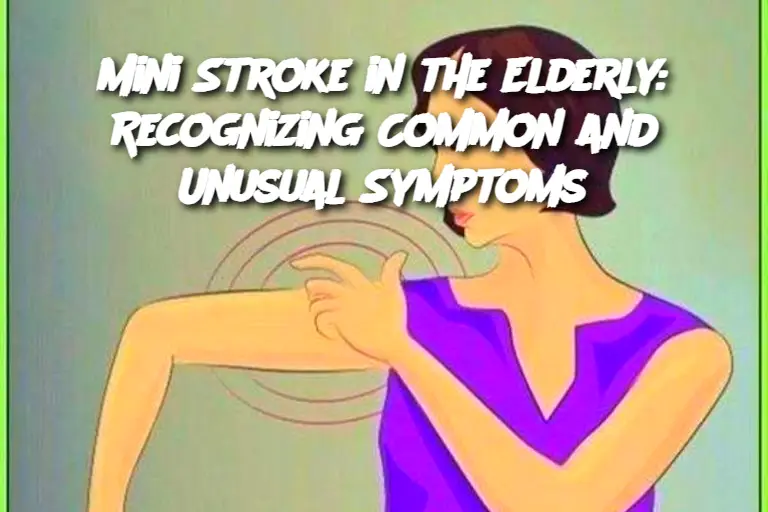ADVERTISEMENT
Cognitive Decline Variants: In some cases, TIAs may manifest as worsening cognitive abilities in elderly individuals, rather than typical physical symptoms.
Silent Strokes: These are TIAs that don't produce obvious symptoms but can lead to subtle, long-term cognitive decline. Often, they are detected during brain scans after an individual experiences more noticeable stroke symptoms.
FAQ:
How can I distinguish a mini-stroke from other health issues in the elderly?
A mini-stroke may come on suddenly, with symptoms that fade away within minutes to hours. Unlike other health issues, mini-strokes typically involve a sudden and short-lived loss of motor or sensory function.
Are mini-strokes always followed by a full stroke?
Not necessarily. While a mini-stroke is a warning sign, not everyone who experiences one will go on to have a full stroke. However, TIAs significantly increase the risk of future strokes, so immediate treatment and monitoring are essential.
What should I do if I suspect someone is having a mini-stroke?
Call emergency services immediately. Even if the symptoms seem to improve, it's essential that the person receives medical evaluation to prevent further complications.
Can mini-strokes be treated?
Yes, doctors may recommend medication, lifestyle changes, and possibly surgery to treat or prevent mini-strokes. Early intervention is key in managing the risk of full strokes.
What are the long-term effects of a mini-stroke in the elderly?
The long-term effects of a mini-stroke depend on how quickly it was recognized and treated. While many people recover without permanent effects, some elderly individuals may experience ongoing cognitive decline or mobility issues.
This article offers a comprehensive look at the common and unusual symptoms of mini-strokes in elderly individuals, as well as prevention and treatment strategies to help minimize risk.
ADVERTISEMENT
